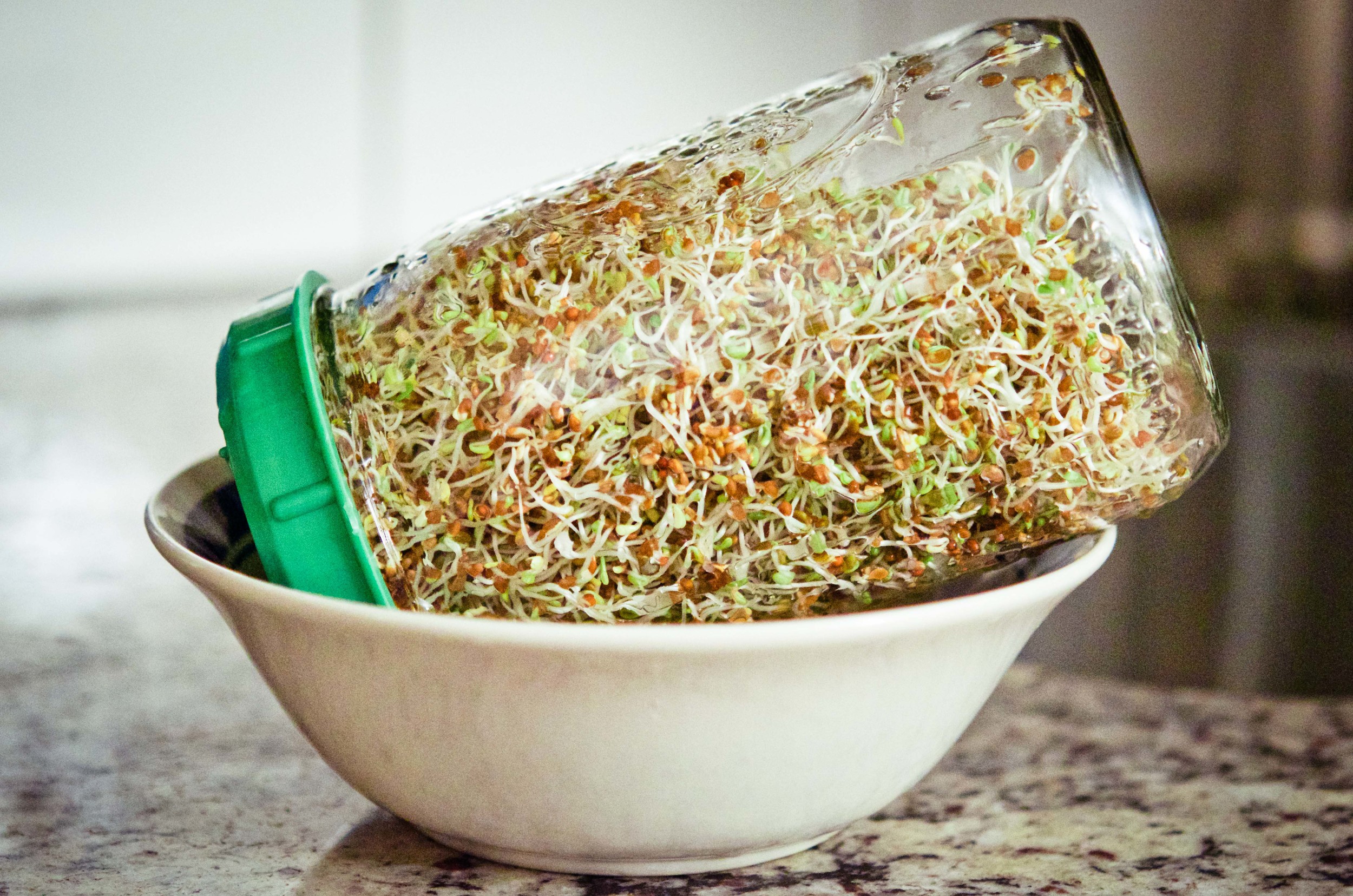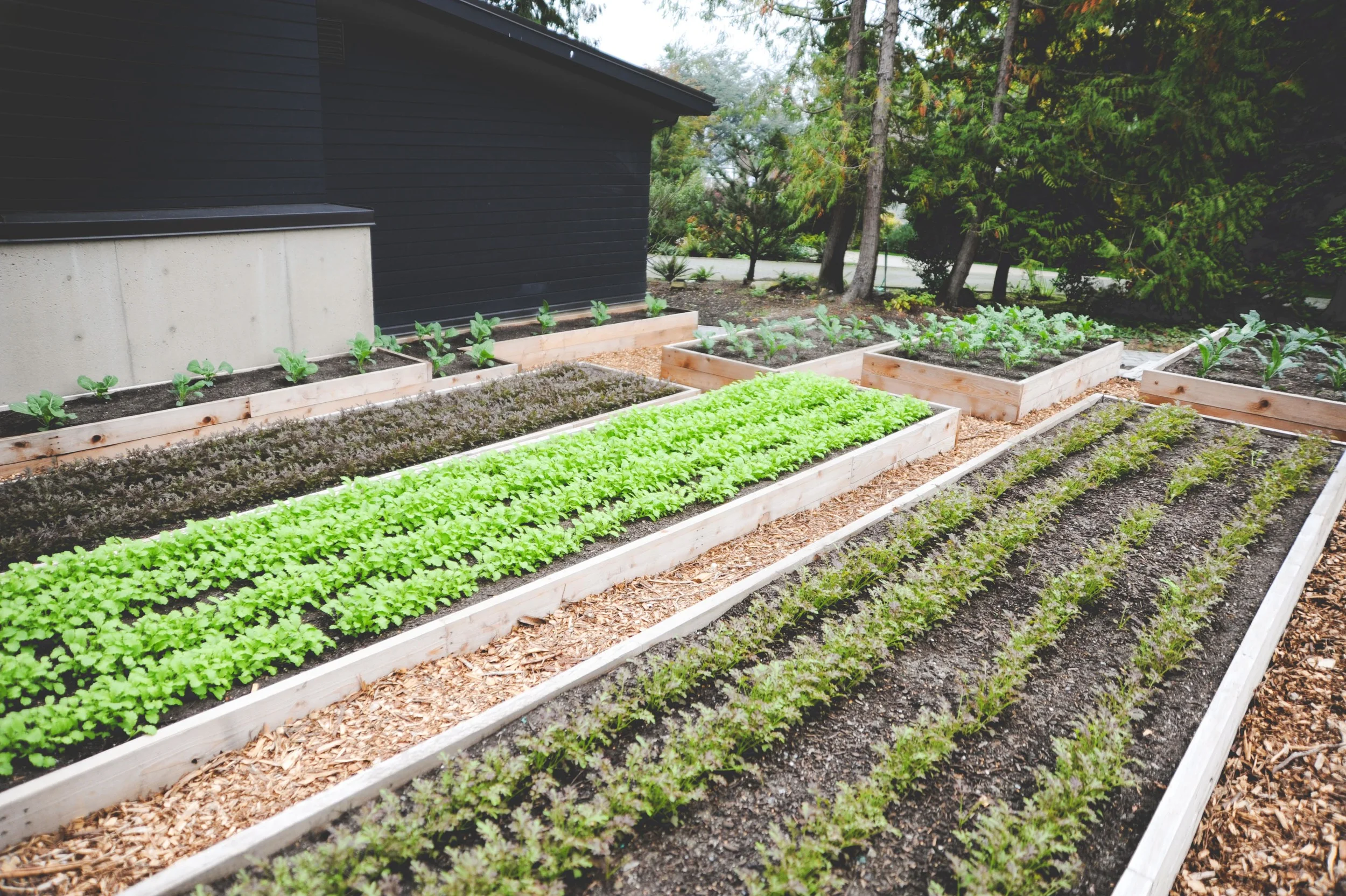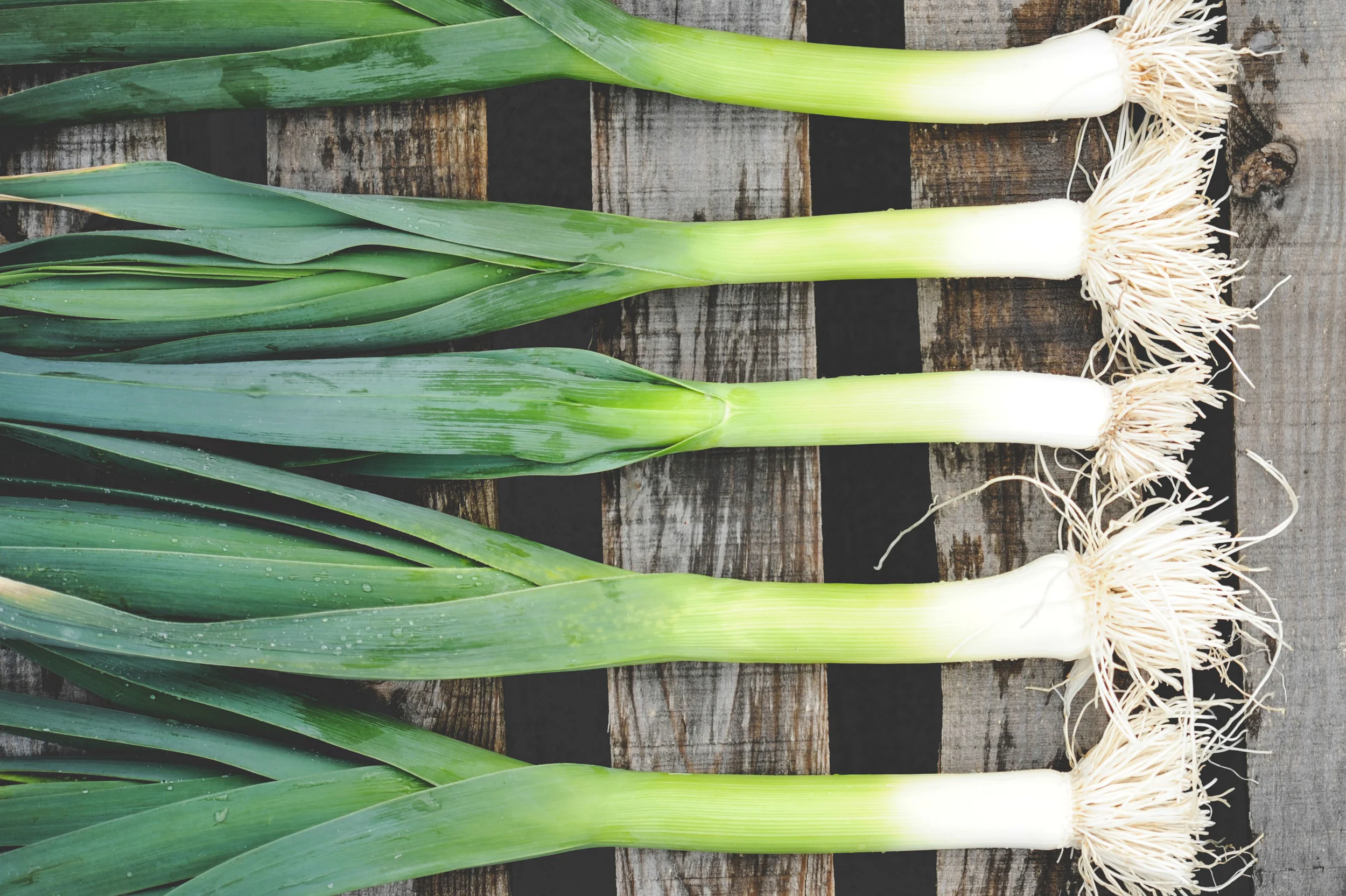Horseradish: the best plant that you never thought about growing. Everybody knows that horseradish contains the compound allyl isothiocyanate and that it makes a great addition to a roast beef sandwich or bowl of cereal…but you might not know how easy and fun it is to grow!
Read MoreEasy Seed Sprouting
There may not be much growing in your garden this time of year, but that doesn’t mean you can’t produce your own delicious and nutritious veggies! How? By sprouting! Sprouting is an inexpensive and easy way to produce fresh, nutrient-packed food through the winter months. It is also a great year-round option for those who live in apartments or with little garden space!
Read MoreWinter Gardening: Spring Planning and Soil Care
Its never too early to start planning next year’s garden. Depending on how much of your own indoor seed starting you plan to do, you might need seeds and supplies on hand as early as January! December is a great time to reflect back on this past growing season and try to figure out what you can do next year to improve:
Read More5 Ways to Prepare Your Garden For Winter
Like it or not, the end of summer is hurtling towards us at unbelievable speed, like a gigantic meteor hell-bent on disheveling Elijah Woods hair. There is little we can do, but getting the vegetable garden in order seems like a good way to make the most of the time we have left…and why not make sure things are ready for next spring just in case the Mayans miscalculated…
Read MoreFall and Winter Gardening
This garden was built during the spring and summer and planted with the first annual vegetables in late-August.
Many people don't realize that summer is actually a great time to design and build a new garden! Even though you may miss out on a few spring crops this year, building during the summer often means that you have more time to develop a thoughtful plan and don't feel the pressure of getting the garden set up in time for a certain spring crop (which you will be fully prepared for next spring).
Read MoreOnions & Leeks
I just sowed our first onions and leeks. As with so many great gardening traditions (e.g. planting peas on President’s Day, planting chocolate on Valentine’s Day, or planting hot dogs on the Fourth of July), I figured it would help to start the year's first seeds on a holiday: Martin Luther King Jr. Day. As with all great gardening traditions, I got a late start.
At this point, I am sure that you may be asking yourself something like, “Isn’t mid-January a little early to start vegetable seeds?” or maybe “Why am I reading this blog?”
Well, for now please let me attempt to elucidate a few of the wonderful properties of the onion. It should be noted that, the more unique characteristics a plant has, the higher its rating on the "SUFCo Plant Fantastic Index".
That being said, there are many things that make the humble onion a subject worth exploration: First, we should note that the seeds should be kept in the freezer. These seeds have a shorter shelf life than many other vegetable seeds and will likely only be viable for a year if left in your normal seed storage facility (a dark, dry place with zero gravity and free of drastic temperature fluctuations).
Second, onions can now keep the distinct honor of being the earliest sown seed (at least here in the PNW). For this same reason, many home gardeners are apt to grow their onions from sets rather than seeds. It is obviously difficult to get them sown early enough and to have the space and energy to do so.
There are, however, a few advantages to growing from seed.
One, lower cost: seeds are much less expensive than sets or young plants.
Two, the plants will be less likely to bolt: when grown as a set, the onion has already lived for one season and is thus being grown as a biennial, which means its evolutionary programming will tell it to send up a seed stalk ASAP effectively stopping bulb growth.
Three, you have something besides groundhogs to cheer for during February.
So...we sow our onions and leeks in late January, set under a grow light until early spring and get into the ground as soon as we can.
Because onions and leeks take so long to mature, and they are always necessary, we like to plant as many Alliums as we can:
Chives,
Garlic Chives,
Scallions (which are really just non-bulbed onions),
Green Onions (which are really just onions with very tiny bulbs),
Shallots (which are really just onions with slighty larger bulbs)
Leeks,
Sweet White Onions and,
Yellow Storage Onions.
Also an Allium, but requiring its own personal blog, chauffeur, and penthouse apartment: Garlic.
The last fantastic feature that I will mention is “Allium Day-Length Sensitivity”. Different species and varieties have unique light requirements, but bulb growth in most Alliums is triggered by a change in day length. Some types will not start bulbing until days exceed 12 hours, or 13 or 14 or...These differences make certain types more or less suitable to your region. You would want to grow different varieties in Panama (near the equator) than in Alaska (near a moose). Such distinctions are irrelevant to non-bulbing types (leeks, scallions, etc.).
Mostly, I just think that onions are continuously consumed but rarely considered.
In conclusion, at least I now have something to check up on every morning (besides the weather report).






